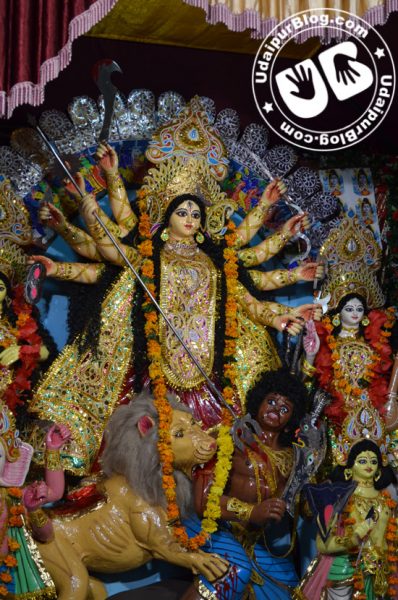Posted inMore
The 300 Years Old ‘Jal Sanjhi Art’ Is Something Every Udaipurite Must Know!
Udaipur is well-known for lakes and natural beauty of its landscape. The Old city of Udaipur is a hub of various art forms that are unique to Udaipur. Local artists…
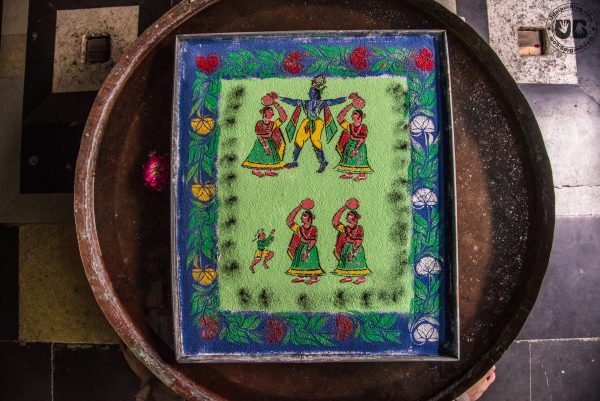
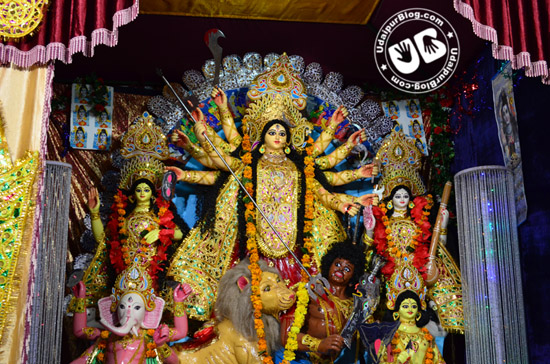
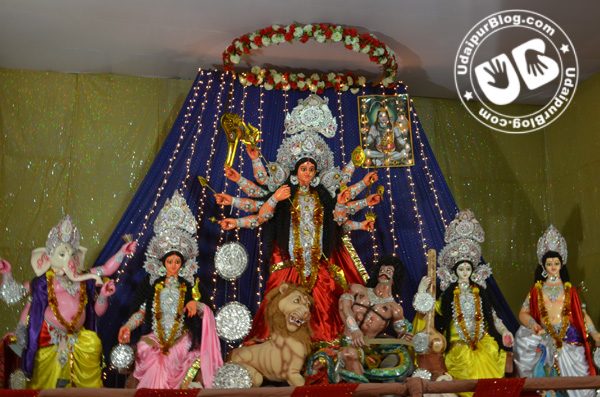
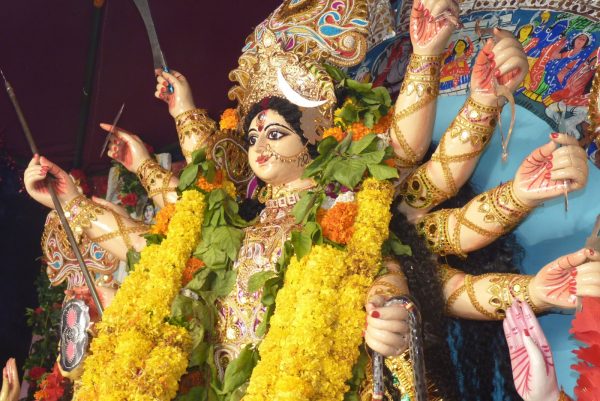
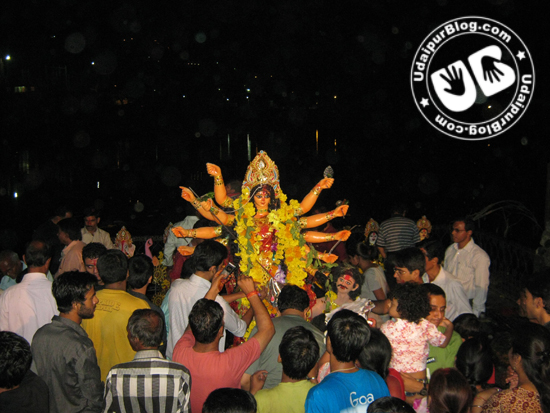
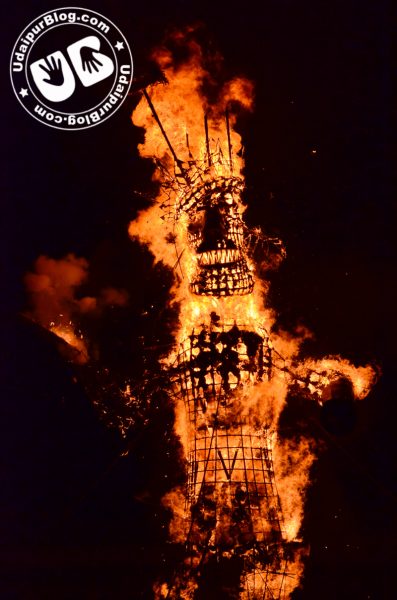
![[Pictures] Nine days of Navratri Finally Concluded with Zeal](https://udaipurblog.com/wp-content/uploads/2011/10/Durga-pooja-3.jpg)
